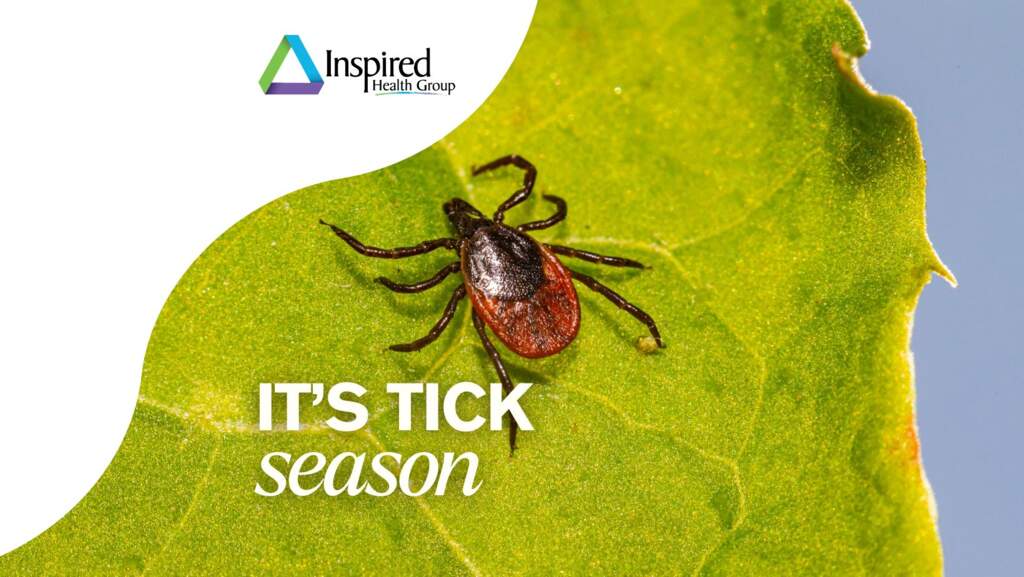May 13, 2025
How to Remove a Tick
If you find a tick attached to your skin, there’s no need to panic—the key is to remove the tick as soon as possible. Although there are tick removal devices on the market, a plain set of fine-tipped tweezers work very well.
How to remove a tick
Do not use petroleum jelly, heat, nail polish, or other substances to try and make the tick detach from the skin. This may agitate the tick and force infected fluid from the tick into the skin. Instead, use these simple steps to quickly, and safely remove a tick:
- Use fine-tipped tweezers to grasp the tick as close to the skin’s surface as possible.
- Pull upward with steady, even pressure. Don’t twist or jerk the tick; this can cause the mouth-parts to break off and remain in the skin. If this happens, remove the mouth-parts with tweezers. If you are unable to remove the mouth easily with clean tweezers, leave it alone and let the skin heal.
- Properly dispose of the tick. Do not crush the tick with your fingers. Dispose of the live tick by doing one of the following:
- place it in a sealed container
- wrap it tightly in tape
- flush it down the toilet
- or put it in alcohol
- After removing the and disposing of the tick, thoroughly clean the bite area and your hands with rubbing alcohol or soap and water.
- If you find a tick attached to you, there may be other ticks on your body. Do a careful tick check to look for other ticks and promptly remove them.
Should you save a tick for testing
Ever wonder if you should save a tick for testing to see if it is infected? Although some commercial groups offer testing, in general this is not recommended, because:
- Laboratories that conduct tick testing are not required to have the high standards of quality control used by clinical diagnostic laboratories. Results of tick testing should not be used for treatment decisions.
- Positive results showing that the tick contains a disease-causing organism do not necessarily mean that you have been infected.
- Negative results can lead to false assurance. You may have been unknowingly bitten by a different tick that was infected.
- If you have been infected, you will probably develop symptoms before results of the tick test are available. If you do become ill, you should not wait for tick testing results before beginning appropriate treatment.
Learning how to identify various ticks can be helpful. Different ticks live in different parts of the country and transmit different diseases. Knowing what kind of tick you removed from your skin can give your care provider key information to inform your care should you develop symptoms.
Follow-up care:
If you develop a rash or fever within several weeks of removing a tick, see your care provider. Tell the your care provider:
- about your recent tick bite
- when the bite occurred
- and where you most likely acquired the tick
If you have questions or concerns about a tick exposure, contact the Inspired Health Group care team.
